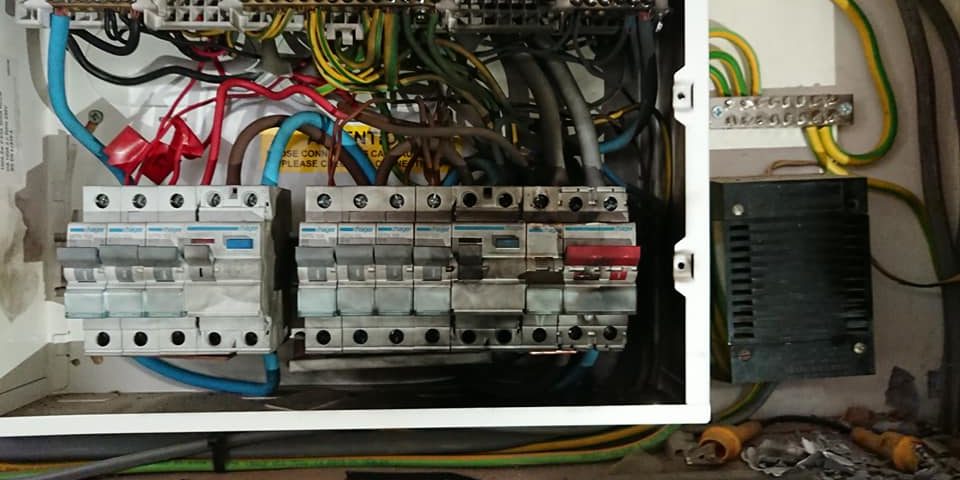My rental property is about to undergo the electrical tests required by landlords (IEE BS 7671 EICR test I believe).
With its previous owner the property had a lot of electrical work done including a new consumer unit with RCD fitted plus had all light switches and 13A sockets replaced plus other work. I have all the NIC EIC certificates and the work was done in Feb 2006
As far as I am aware, all is ok with the electrics in the house, so I'm not expecting any issues with the checks.
However, I've learned to expect the unexpected, so thought I'd ask the good people on this forum to suggest any issues that could arise, in particular further changes in regs that could require extra work.
Any info much appreciated.
Thanks!
With its previous owner the property had a lot of electrical work done including a new consumer unit with RCD fitted plus had all light switches and 13A sockets replaced plus other work. I have all the NIC EIC certificates and the work was done in Feb 2006
As far as I am aware, all is ok with the electrics in the house, so I'm not expecting any issues with the checks.
However, I've learned to expect the unexpected, so thought I'd ask the good people on this forum to suggest any issues that could arise, in particular further changes in regs that could require extra work.
Any info much appreciated.
Thanks!






